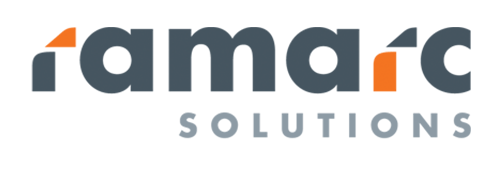
Organizations are realizing the benefit that face-to-face online interaction brings to their business operations. In response, they are looking for conferencing solutions to help them meet their needs while staying within budget. With digital conferencing increasing in popularity, Ramarc Solutions is commonly asked: What is the difference between audio, video, and web conferencing? There are defining aspects and advantages to each and Ramarc Solutions knows the ins and outs of each and can help you decide which solutions will work best for your business.
Web Conferencing
Web conferencing involves sharing content live over the web between two or more locations. Visual materials are usually accompanied by an audio track. You can use web conferencing to do live presentations, team meetings, or employee training. Typically, participants connect from their own devices to the conference via the Internet.
Video Conferencing
Video conferencing has been widely adopted and is fast becoming the most common form of digital collaboration. When more than two people are joining a video conference, you will require a bridge device, usually a multipoint control unit, often installed within a company’s network. However, Ramarc Solutions can provide a bridge through third-party providers.
This technology is gaining popularity because visual elements enrich conferencing. Additionally, it lets organizations conduct meetings remotely, greatly reducing travel costs.
Audio Conferencing
Audio conferencing has been around the longest and this method allows many people to participate in a call by connecting through a conferencing bridge. With an ID and access number or unique code, you can log into a group call. This may also be supplemented by individual PIN numbers to identify callers and/or for security reasons.
Audio conferencing is slowly losing favor due to the popularity of video conferencing’s more personal, face-to-face interaction, though there are still some who prefer the more traditional method.
Cloud vs. Desktop Solutions
The cloud now offers a viable alternative to desktop solutions. The main benefits of cloud video conferencing are scalability and cost reductions. With many employees now working remotely, cloud videoconferencing allows for more flexible work hours, and cuts travel costs.
Web, video, and audio conferencing each provide their own benefits. With the technologies becoming more user-friendly and cost effective, businesses now have more choices open to them. Ramarc Solutions can help your organization choose one, like video conferencing, to fit all their needs or adopt more than one, to be used for different formats or occasions.




